Multifunction Meat Tumbling Machine Usage Guide: Maximizing Quality and Efficiency
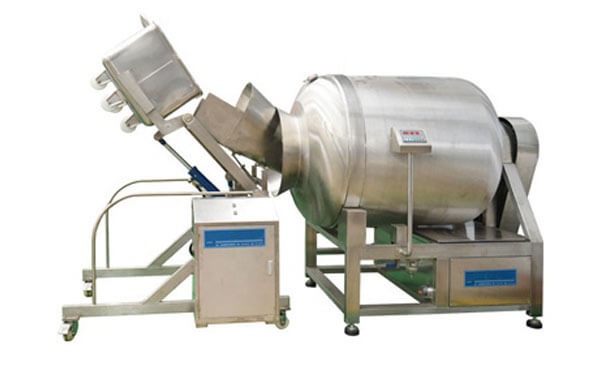
Introduction: Why Meat Tumbling Machines Are Essential for Modern Food Processing
In the food processing industry, meat tumbling machines are indispensable for enhancing meat quality, improving texture, and extending shelf life. Whether producing sausages, hams, bacon, or other processed meats, these machines use mechanical action and physical principles to evenly distribute marinades, tenderize fibers, and boost moisture retention. However, many businesses struggle with inefficiencies due to improper operation or inadequate maintenance. This guide will provide step-by-step operational tips , parameter optimization strategies , and maintenance best practices , incorporating LSI keywords such as "marination time control" , "even meat distribution" , and "drum cleaning" , to help you maximize your machine's performance.
Part 1: Understanding the Core Functions and Principles of Meat Tumbling Machines
1.1 Mechanism of Tumbling Machines
- Mechanical Massage : Centrifugal force from the rotating drum ensures meat chunks collide and tumble, accelerating marinade penetration.
- Cellular Breakdown : Controlled physical impact ruptures muscle fibers, releasing myofibrillar proteins for better water retention.
- Uniform Distribution : Proper drum speed and time settings ensure even contact between meat and marinades.
1.2 Types of Tumbling Machines and Their Applications
- Vacuum Tumbling Machines : Ideal for high-moisture products (e.g., hams, sausages) to minimize oxidation.
- Atmospheric Tumbling Machines : Cost-effective for medium-low moisture products (e.g., meatballs, patties).
- Dual-Drum Machines : Boosts capacity for large-scale production.
1.3 Key Technical Parameters
- Drum Capacity : Choose based on daily output (e.g., 50kg–500kg).
- Speed Range : Typically 10–30 RPM; higher speeds for short cycles, lower for prolonged processing.
- Vacuum Level : Vacuum models require -0.08 to -0.1 MPa pressure.
- Temperature Control : Some models allow regulated cooling to prevent spoilage.
Part 2: Pre-Operational Checks: Details Matter
2.1 Meat Preparation Tips
- Meat Chunk Size : Ensure uniformity (ideally ≤10cm per side) to avoid underpenetration in larger pieces.
- Marinade Ratio : Saltwater concentration of 10%–12%, adjusted for poultry (lower salt) or red meat.
- Additive Management : Phosphates, carrageenan, and enzymes should be precisely dosed to avoid over-processing.
2.2 Machine Inspection Checklist
- Drum Cleaning : Wash with hot water and food-grade detergent before each use to prevent contamination.
- Seal Integrity : Check vacuum models for worn seals to maintain pressure.
- Lubrication : Apply food-grade grease (e.g., Mobil Glygole HE) to bearings and gears.
2.3 Safety Protocols
- Emergency Stop : Ensure the kill switch and safety door locks are functional.
- Operator Training : Staff must understand control panel settings and emergency procedures.
Part 3: Operational Steps and Parameter Optimization
3.1 Golden Rules for Marination Time and Frequency
- Principle : "Short, frequent cycles" outperform long, continuous runs . Aim for 20–30 minutes per session, with 1–2 hours of rest between cycles.
- Species-Specific Adjustments :
- Poultry : 15–25 minutes to avoid over-tenderizing.
- Beef : 30–40 minutes due to tougher fibers.
- Vacuum Advantage : Reduce time by 20%–30% using vacuum machines.
3.2 Optimizing Drum Speed and Inclination
- Speed Settings :
- Low (10–15 RPM) : For large cuts or long cycles.
- Medium (16–25 RPM) : Balanced efficiency for most applications.
- High (26–30 RPM) : Short cycles to prevent over-processing.
- Drum Angle : Adjust tilt (15°–45°) for controlled impact intensity.
3.3 Temperature and Humidity Control
- Ambient Temperature : Maintain 4°C–8°C in the processing area.
- Vacuum Monitoring : Ensure pressure stays above -0.08 MPa.
- Condensate Management : Regularly drain condensation from vacuum models.
Part 4: Enhancing Meat Quality: From Processing to Final Product
4.1 Boosting Moisture Retention
- Pre-Injection : Inject 10%–12% brine before tumbling to speed up penetration.
- Enzyme Use : Add papain or bromelain (0.1%–0.3%) to break down fibers.
4.2 Preventing Meat Damage
- Batch Processing : Split large batches to avoid overloading.
- Flexible Liners : Use food-grade rubber liners to reduce hard impacts.
4.3 Post-Tumbling Rest Periods
- Rest Time : 2–4 hours after tumbling for marinade diffusion.
- Temperature Consistency : Match rest and tumbling temperatures to prevent shrinkage.
Part 5: Maintenance Guide: Extending Machine Lifespan
5.1 Daily Maintenance
- Cleaning Protocol :
- Wash drum immediately after use.
- Soak in 75°C water for 10 minutes.
- Disinfect with food-safe agents.
- Lubrication : Check and replenish grease weekly.
5.2 Periodic Deep Maintenance
- Quarterly Tasks :
- Inspect belt tension and vacuum pump filters.
- Annual Tasks :
- Hire technicians to check electrical systems and replace worn parts.
5.3 Troubleshooting Common Issues
- Low Vacuum Pressure : Check seals or filters.
- Abnormal Noise : Lubricate bearings or replace worn components.
- Drum Not Spinning : Verify power and door closure.
Part 6: Buying Guide and ROI Analysis
6.1 Key Selection Criteria
- Capacity : Match daily output (e.g., 500kg for medium-sized plants).
Automation : PLC-controlled models reduce manual intervention.
- Brand Support : Opt for reputable brands like Hobart or Starco with strong after-sales service.
6.2 Cost-Benefit Evaluation
ROI Calculation : Savings of $150/day in labor could yield 15%–20% annual returns.
- Energy Efficiency : Vacuum models save 30% energy vs. atmospheric types.
FAQ: Answers to Common Questions
Q1: Does prolonged tumbling degrade meat quality?
A : Yes. Continuous runs over 40 minutes can over-process meat. Use 20-minute cycles + 1-hour rests instead.
Q2: How to determine if tumbling is complete?
A : Meat should be smooth, evenly pink, and retain moisture (no juice leakage when squeezed).
Q3: Can tumbling machines process fish?
A : Yes, but adjust settings (≤15 RPM, ≤15 minutes) due to delicate fish fibers.
Conclusion: Make Your Tumbling Machine a Quality Asset
By mastering operational techniques, optimizing parameters, and maintaining your machine rigorously, you can transform meat quality, reduce costs, and prolong equipment life. Whether you're a small workshop or a large plant, these strategies will help you stand out in the competitive food market.
Must-Read Blogs For Chain Restaurants Owner

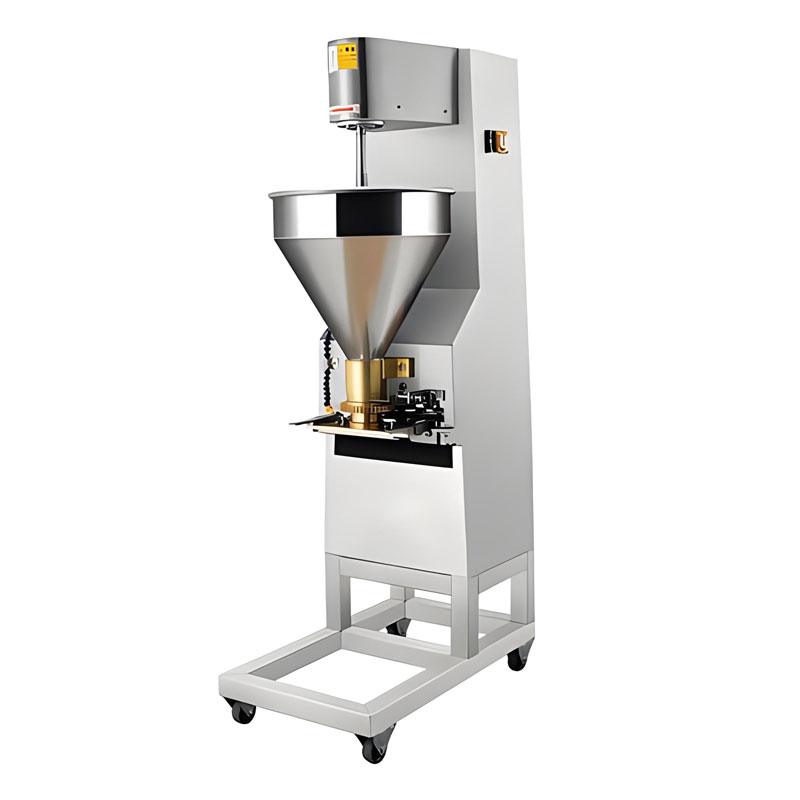
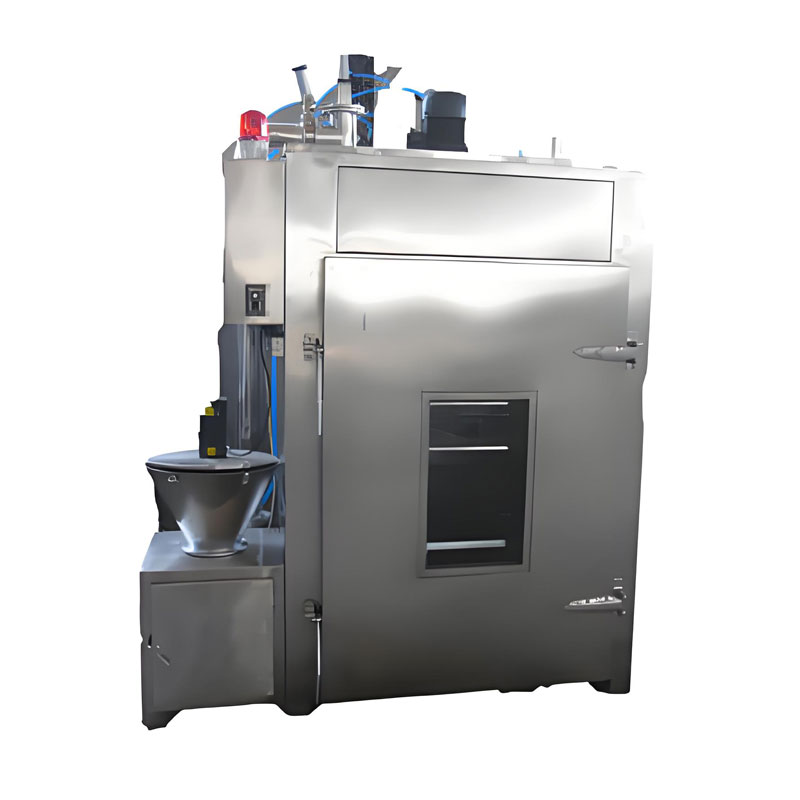
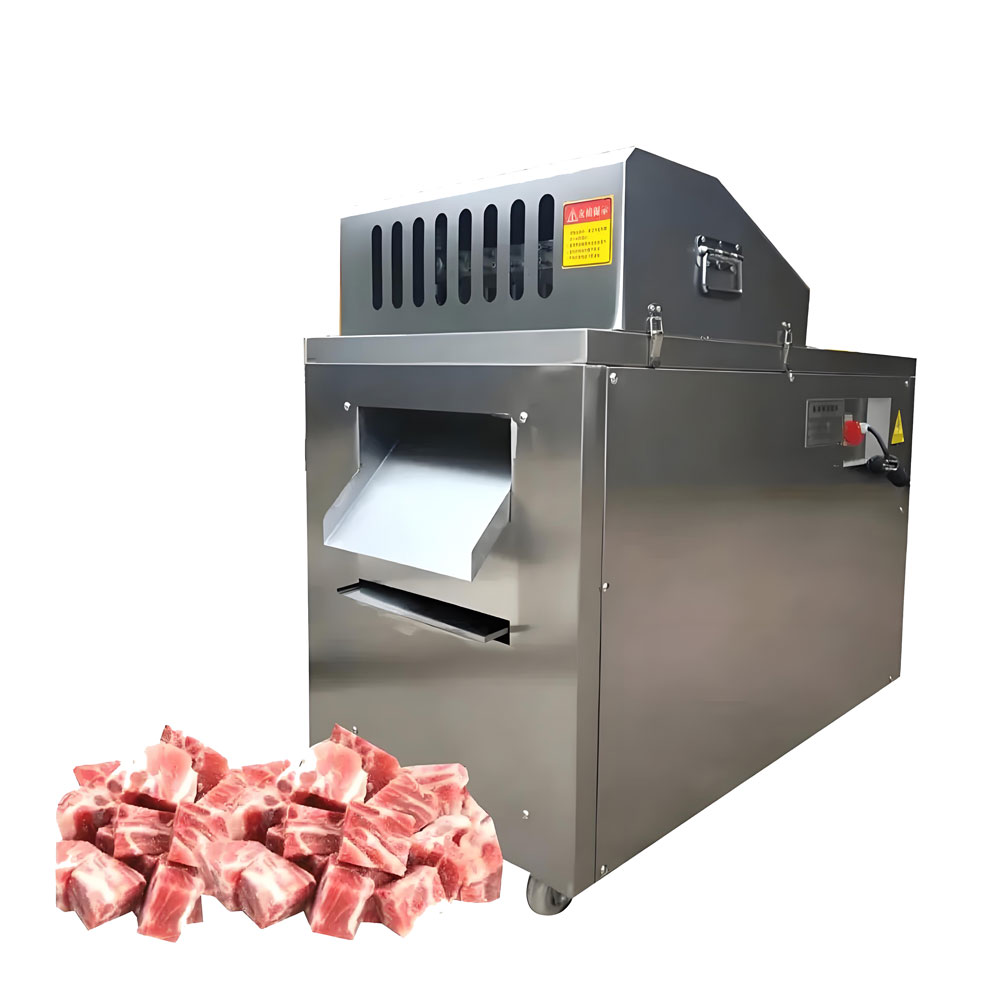
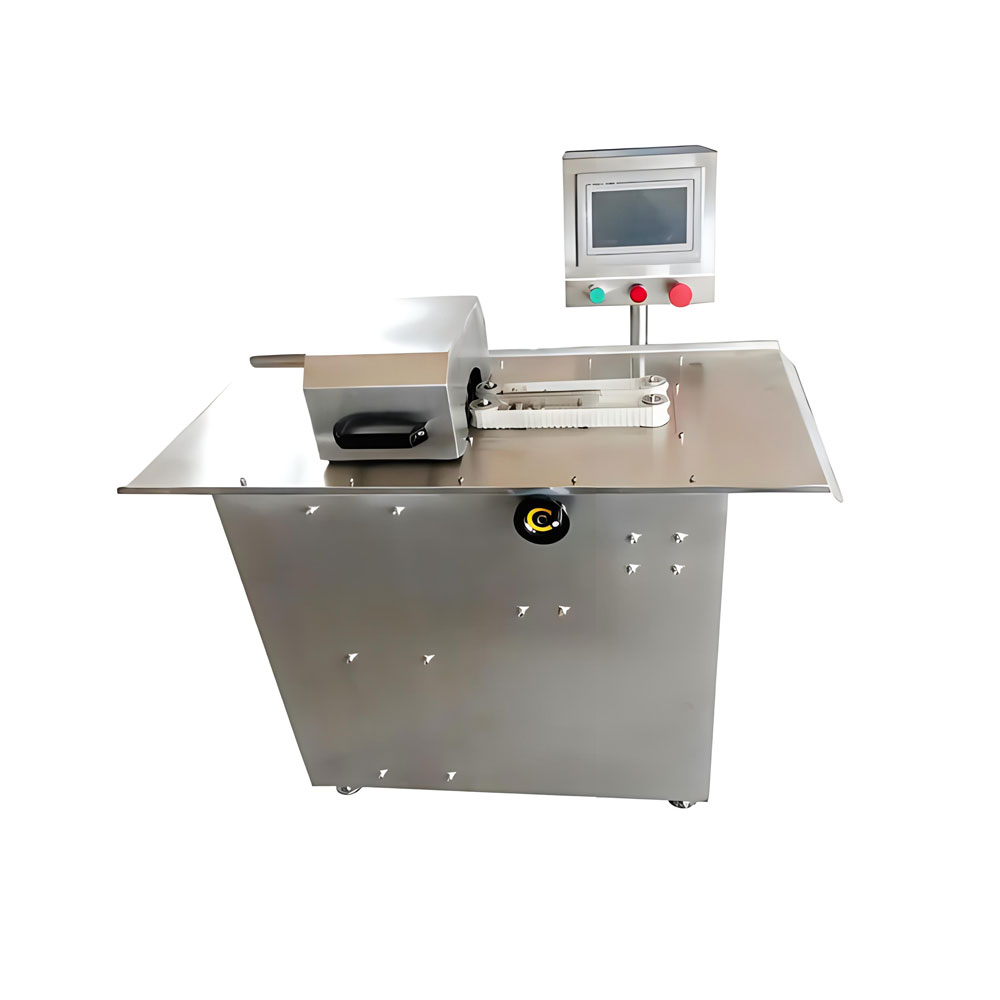
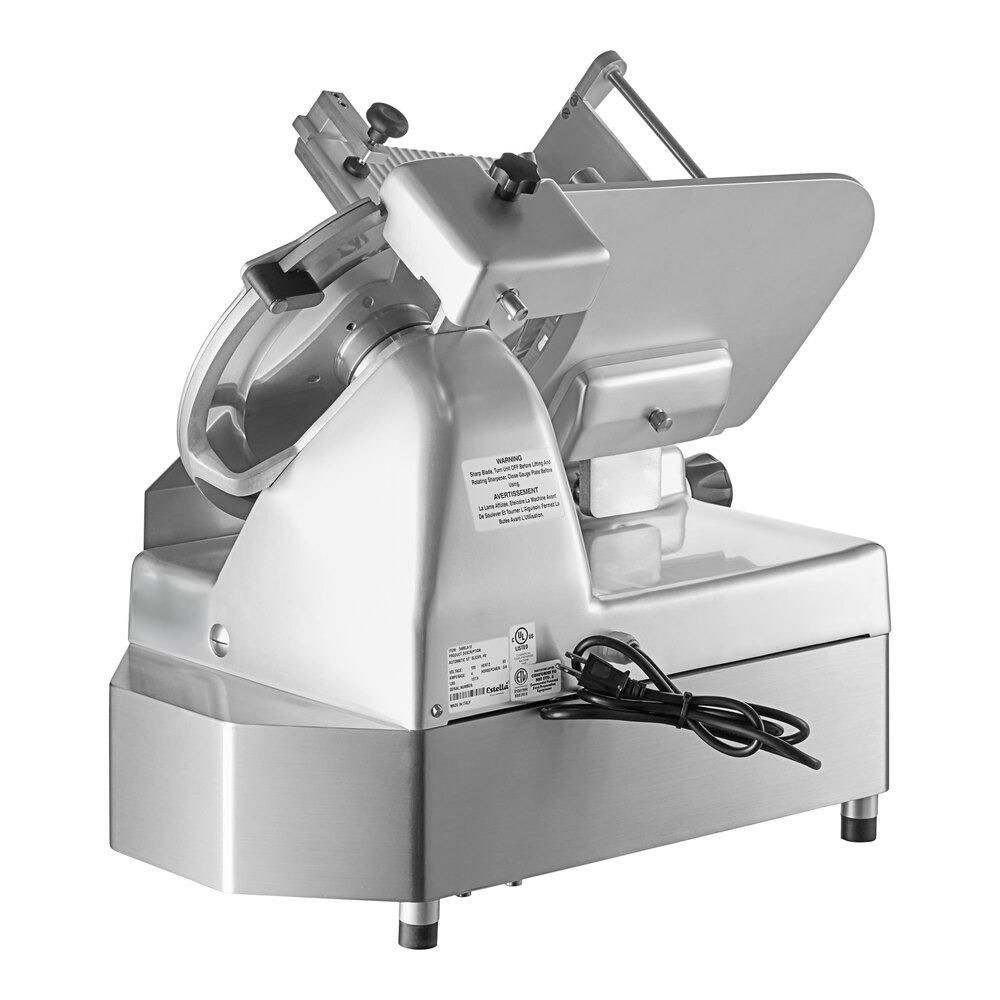
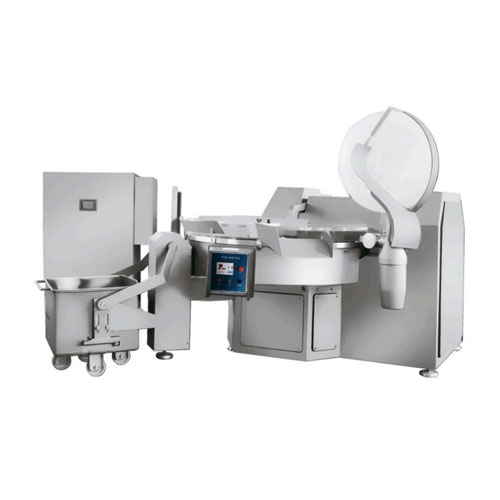
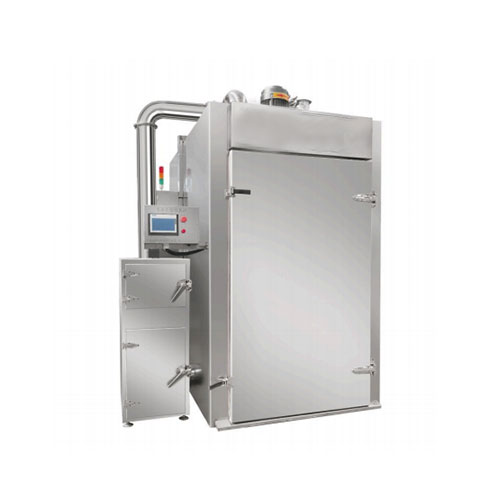
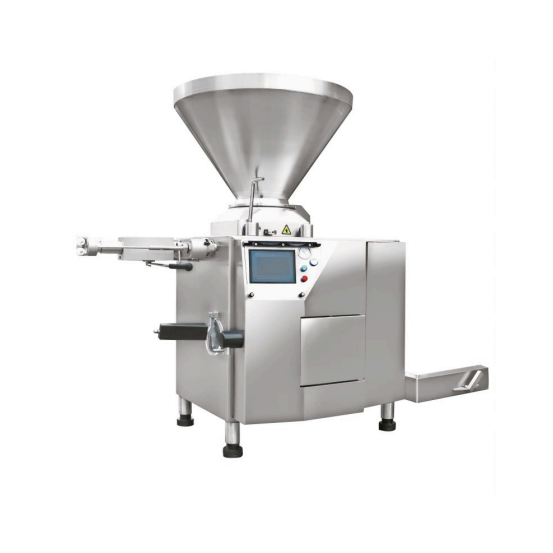
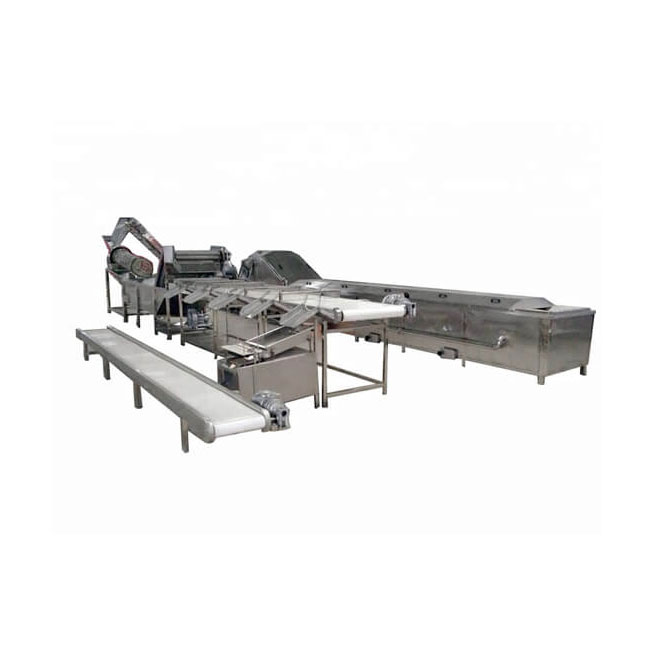
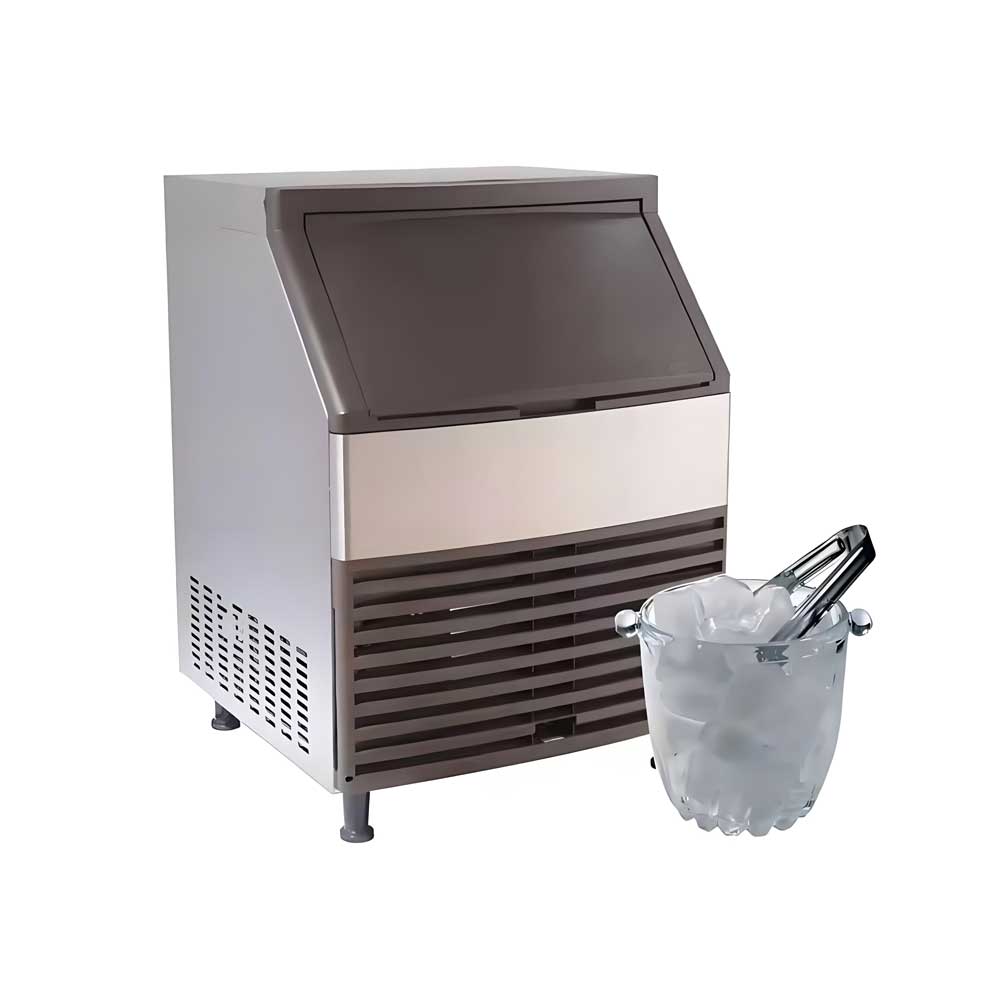
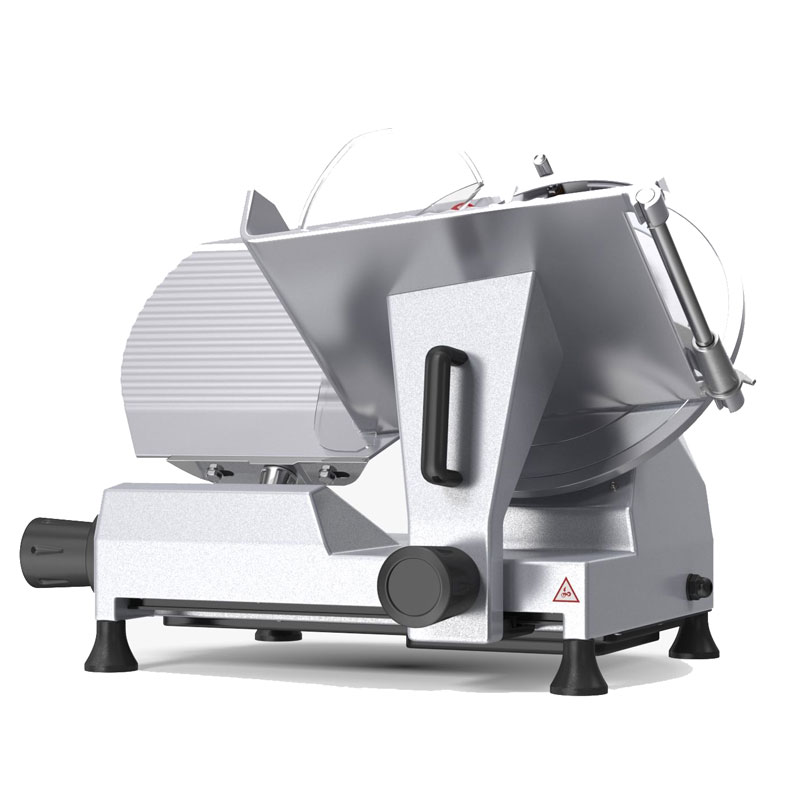 Heavy Duty Meat Slicer Machine
Heavy Duty Meat Slicer Machine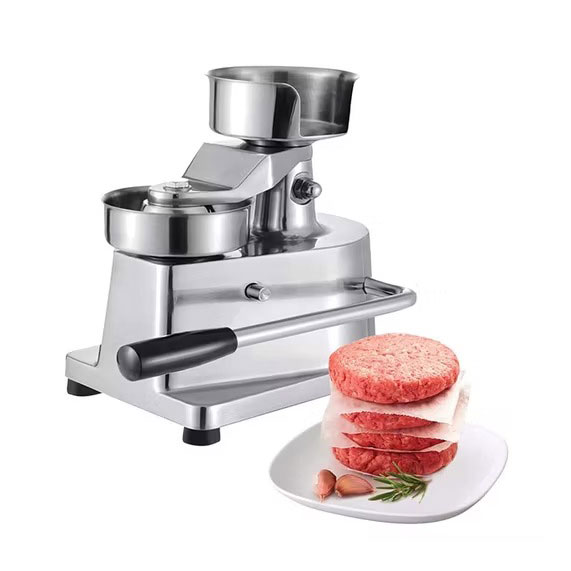 Meat Pie Maker Machine
Meat Pie Maker Machine
Ready to Get Started?